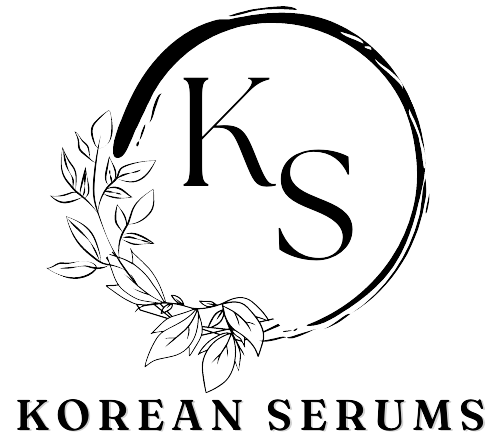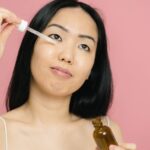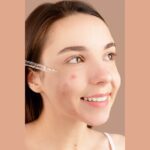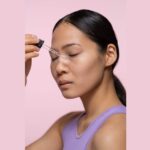Have you ever felt like you weren’t good enough because you didn’t look a certain way? Have you ever compared yourself to someone else and felt inferior? If so, you’re not alone. Unfortunately, toxic beauty standards have become a pervasive force in our society, causing harm to individuals and communities alike.
Social media has aggravated the issue that creates identity issues among men and women. Furthermore, it can cause mental health issues or dysmorphia when they try to modify their beauty standards. It’s time to take a stand against these unrealistic and harmful standards and promote a more inclusive and diverse definition of beauty. Lets know about effects of beauty standards on society in detail.
The Impact on Women
Women have been the primary target of toxic beauty standards for centuries. From the corsets of the Victorian era to the current obsession with thigh gaps and perfect bodies, women have been subjected to unrealistic and unattainable expectations of beauty. The result is a toxic and oppressive environment that leaves women feeling inadequate and inferior. The standards to have long hair, fair skin, small nose and high cheekbones force countless of them to go feel under confident.
The pressure to conform to these standards can lead to negative self-image, low self-esteem, and even serious physical and mental health issues. Women are more likely to develop eating disorders, body dysmorphia, and anxiety, as well as suffer from poor physical health due to extreme dieting and exercise.
It’s important to challenge these toxic beauty standards and change the definition of beauty. This can be done by embracing our unique qualities, celebrating our individuality, and rejecting harmful beauty norms that contribute to a toxic and oppressive environment for women.
The Impact on Men
Toxic beauty standards don’t just impact women; they also affect men. Society has placed unrealistic and unattainable expectations on men as well, expecting them to be tall, muscular, and ruggedly handsome. The result is a toxic environment that leaves men feeling inadequate and inferior, just like women.
The pressure to conform to these standards can lead to negative self-image, low self-esteem, and even serious physical and mental health issues. Men are more likely to develop eating disorders, body dysmorphia, and anxiety, as well as suffer from poor physical health due to extreme dieting and exercise.
The impact of false beauty standards can be reduced by embracing our unique qualities, celebrating our individuality, and rejecting harmful beauty norms that contribute to a toxic and oppressive environment for men. It hampers their perception of themselves and impacts their confidence too.
The Impact on Society
Toxic beauty standards not only harm individuals but also have a damaging effect on society as a whole. These harmful norms create a culture of comparison and competition, leading to division and social inequalities. By perpetuating unrealistic and unattainable expectations of beauty, toxic beauty standards contribute to a toxic and oppressive environment that affects everyone. Since childhood people are made to realise that they are inadequate in terms of beauty that goes on increasing till their adulthood.
Nonetheless, we can create a more positive and healthy environment for all individuals and communities by erasing the fake beauty standards set by toxic people. The lesser we focus on visual beauty, the faster the impact goes away.
The Influence of Beauty Standards on Career and Educational Opportunities
- Beauty standards often influence hiring and promotion decisions in various industries, particularly those that prioritize appearance, such as modeling, acting, and television.
- Research has shown that individuals who conform to traditional beauty standards are often perceived as more competent and trustworthy, leading to greater opportunities for advancement and success in the workplace.
- Beauty standards also play a role in educational opportunities, with research indicating that individuals who conform to traditional beauty standards are more likely to be successful in school and more likely to receive positive feedback from teachers and peers.
- The emphasis on beauty in society can also lead to lower self-esteem and self-worth among individuals who don’t conform to traditional beauty norms, leading to reduced confidence and decreased opportunities for success in their careers and education.
The Economic Impact of Beauty Standards
- The beauty industry is a multi-billion dollar industry, with individuals spending a significant amount of money on beauty products, treatments, and procedures.
- The pressure to conform to traditional beauty standards often leads to increased spending on beauty products and treatments, which can be particularly burdensome for individuals with lower incomes.
- The emphasis on beauty in society can also result in missed opportunities for individuals who don’t conform to traditional beauty norms, as they may be less likely to seek out or succeed in careers that prioritize appearance.
- The negative impact of toxic beauty standards on self-esteem, mental health, and physical health can also lead to decreased productivity, increased absenteeism, and increased healthcare costs for both individuals and employers.
- Unrealistic beauty standards can cause mental health issues and eating disorders can bring a long-term Healthcare cost for them and their families.
The Power of Positive Messages
It’s important to counteract the harmful effects of toxic beauty standards with positive messages and role models. The media and popular culture have the power to shape society’s perception of beauty, and it’s crucial to use that power for good.
Positive role models, such as those who embrace their individuality and imperfections, can help promote a more inclusive and diverse definition of beauty. By sharing positive messages about self-love, self-acceptance, and body positivity, we can encourage individuals to embrace their unique qualities and reject harmful beauty norms.
It’s also important to promote positive and healthy environments for children and teens, who are particularly vulnerable to the negative effects of toxic beauty standards. By teaching children and teens to love and accept themselves just as they are, we can help foster positive self-image and low self-esteem, leading to better physical and mental health outcomes.
Conclusion
Harmful beauty standards have far-reaching and profound impacts on individuals, communities, and society as a whole. From perpetuating negative self-image and self-esteem, to limiting career and educational opportunities, to driving economic inequality, the effects of toxic beauty standards cannot be ignored.
However, there is hope. By embracing diversity and inclusivity, promoting positive role models and messages, and reducing the emphasis on traditional beauty norms, we can create a more positive and healthy environment for all individuals and communities. We can redefine beauty on our own terms and celebrate the unique qualities that make each and every one of us beautiful.
It’s time to reject the toxic beauty standards that have been imposed upon us and embrace a new definition of beauty that is inclusive, diverse, and empowering. By doing so, we can create a world that values individuals for who they are, rather than how they look. Let’s work together to create a more equitable and beautiful future for all.







